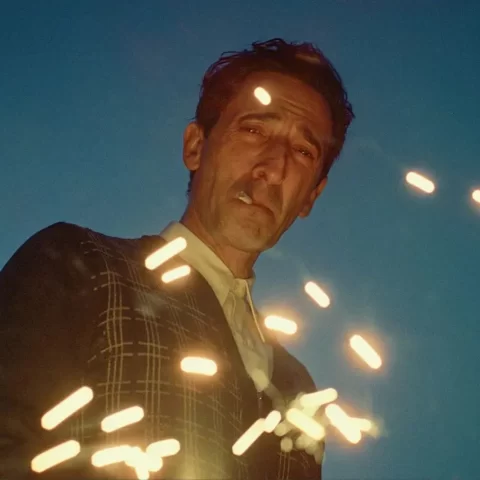
Return to Montauk
Stellan Skarsgård stars in Volker Schlöndorff’s lyrical adaptation of the autobiographical novel by Max Frisch.
The film Return to Montauk by veteran director Volker Schlöndorff was screened at the Berlinale in competition. It tells the story of the famous aging writer Max Zorn who has regrets about this past, in particular about his failed relationship with Rebecca, a woman whom he met in New York. After many years they meet again in New York and remember their past.
The picture was filmed on location in Montauk, featuring beautiful scenes of the seashore. Their return to the abandoned house symbolizes a return into their past. The writer after many years wants to fix his old mistakes but reality turns out to be more cold and prosaic than his romantic nostalgia. Finally he realizes that Rebecca loved another man, whom she still cannot forget and that Max is not as important as he thought. Suddenly he understands that his regrets are baseless because everything happened for a reason.
Convincing image of the writer was created by Stellan Skarsgård, who is a familiar face at the Berlinale, having won the Silver Bear for Best Actor for the first time all the way back in 1982. The film based on the autobiographical novel by Max Frisch which many critics consider his best work. The picture is very personal, expressive and gives food for thought; the main character is presented as a self-centered conformist who wants to escape the main questions in life. Although Return to Montauk kept the main plot of the source material, the director transposed the setting from the 1970s to modern times and has shown that the main problems touched upon in the book did not become out of date.
The film is in a deliberate tempo and shot in a lyrical style. The color palette mainly includes subdued colors, the music is calm and the picture does not have thrilling events. But the most important aspect of the picture is the psychology of the characters and the evolution of their relationships.
